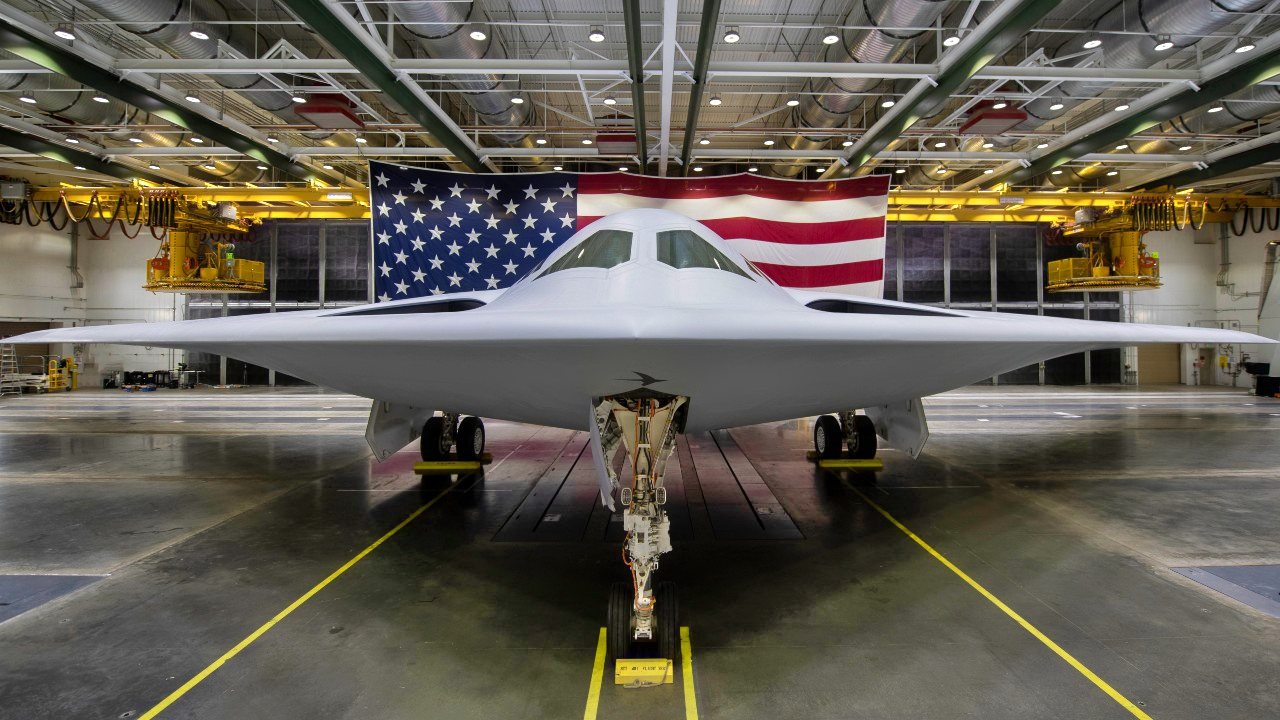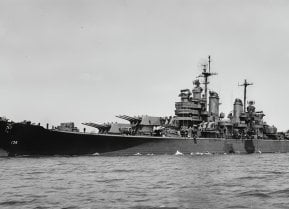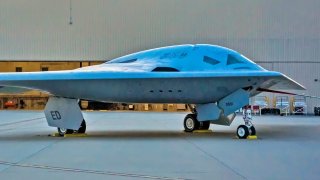China's H-20 Stealth Bomber Could Prove To Be a Real Threat
Could China be drawing inspiration from America's B-2 Spirit and B-21 Raider stealth bombers in building the H-20?
The H-20 Stealth Bomber: An Ominous Sign of Chinese Airpower Projection? - As if it weren’t bad enough that the People’s Republic of China (PRC) continues to make strides with its 5th Generation Chengdu J-20 stealth fighter – and flaunts that J-20 via intimidation exercises against Taiwan -- the People’s Liberation Army Air Force (PLAAF) is evidently also making strides in the arena of next-generation strategic stealth bombers. So then, what exactly do we know about China’s prospective H-20 bomber?
H-20: What We Think We Know
While we can't say we know much, news on the H-20 bomber comes to us courtesy of defense writer Thomas Newdick of The Drive.
In an article dated 22 August 2022, Thomas starts right off the bat with this tantalizing – and foreboding – nugget:
“The saga of China’s H-20 next-generation bomber may have taken a very interesting new turn, with the appearance of at least two models showing a new aircraft design, or at least a concept, that seems to have strong similarities to how the H-20 is expected to look. That last point is crucial, since we have not, so far, seen any official renderings of the H-20 beyond depictions that are highly obscured, and which may not actually bear much of a relationship to the final design. However, with recent hints of an imminent first flight dropped by China’s state-run media, there seems to be momentum gathering behind the long-awaited bomber, suggesting its official unveiling — or a state-approved leaking — may not be far off.” (author’s original emphasis)
The photographs published in Mr. Newdick’s article show what appears to be some sort of silvery metallic wind tunnel test model that bears a very close resemblance to both (1) America’s Northrup Grumman B-2 Spirit – which thus far is still the only operational stealth bomber in the world today – and (2) aviation artists’ conceptualized renderings the Northrup Grumman B-21 Raider, which is the prospective successor to the B-2 (and presumably the B-1B Lancer/”Bone” and B-52 Stratofortress/”BUFF” as well).
Given China’s penchant for copycatting or outright stealing U.S. military technology and reverse-engineering that technology, this on-the-surface resemblance to the B-2 shouldn’t seem terribly surprising.
H-20: What Else Do We Know?
As the ever-savvy Alex Hollings of Sandboxx News points out, if the H-20 does indeed literally and figuratively get off the ground, that in turn will entail “the world’s first publicly disclosed non-American stealth bomber ever to fly, and could usher in a new era of strategic airpower competition.” Within that same July 2022 article, Alex also discusses a particularly traitorous act that probably helps explain the presumed H-20’s resemblance to the American stealth bombers:
In 2005, Noshir Gowadia, a Northrop Grumman design engineer who had aided in developing the B-2’s propulsion system, was arrested and charged with selling the bomber program’s trade secrets to the Beijing’s espionage goons. In January 2011, Gowadia was finally convicted and sentenced to 32 years in prison for his violation of the Arms Export Control Act. But, of course, the damage had already been done.
Fast-forward to July 2015, and the Chinese government, via its statist mouthpiece China Daily newspaper, partially lifted the veil of secrecy from its stealth bomber program. The article declared in part that “The air force does need an intercontinental strategic bomber capable of penetrating an enemy’s air defences,” and specified that new design required the ability to carry 10 tons of bombs and missiles a minimum of 8,000 kilometers (4,970 miles) without refueling.
To give the reader a sense of geographical perspective, that would put the U.S. territory of Guam as well as the Australian cities of Perth, Darwin (home of “the oldest living culture in the world”), and Sydney within striking range of an H-20 launched from the PRC’s southernmost province of Hainan.
The Xian Aircraft Industrial Corporation (XAC) – named for its host city of Xian -- is widely understood to be the prime contractor responsible for the H-20. This company has been around since 1958, and as noted by the GlobalSecurity.Org website, “The institute has set many national records, including developing China’s first domestically made fighter bomber the JH-7, the first large early warning aircraft the KJ-2000, and the first large transport aircraft, known as the Y-20.”
Prepping to Counter the H-20?
All of this, of course, goes to create an additional sense of urgency for the U.S. Air Force to get the B-21 Raider into operational status as soon as possible.
Fortunately, if the indications remain valid, the B-21 appears to be on track and within budget.

Fingers crossed.
Expert Biography
Christian D. Orr is a former Air Force Security Forces officer, Federal law enforcement officer, and private military contractor (with assignments worked in Iraq, the United Arab Emirates, Kosovo, Japan, Germany, and the Pentagon). Chris holds a B.A. in International Relations from the University of Southern California (USC) and an M.A. in Intelligence Studies (concentration in Terrorism Studies) from American Military University (AMU). He has also been published in The Daily Torch and The Journal of Intelligence and Cyber Security. Last but not least, he is a Companion of the Order of the Naval Order of the United States (NOUS).
Main image is a of B-21 Raider stealth bomber via U.S. Air Force.


